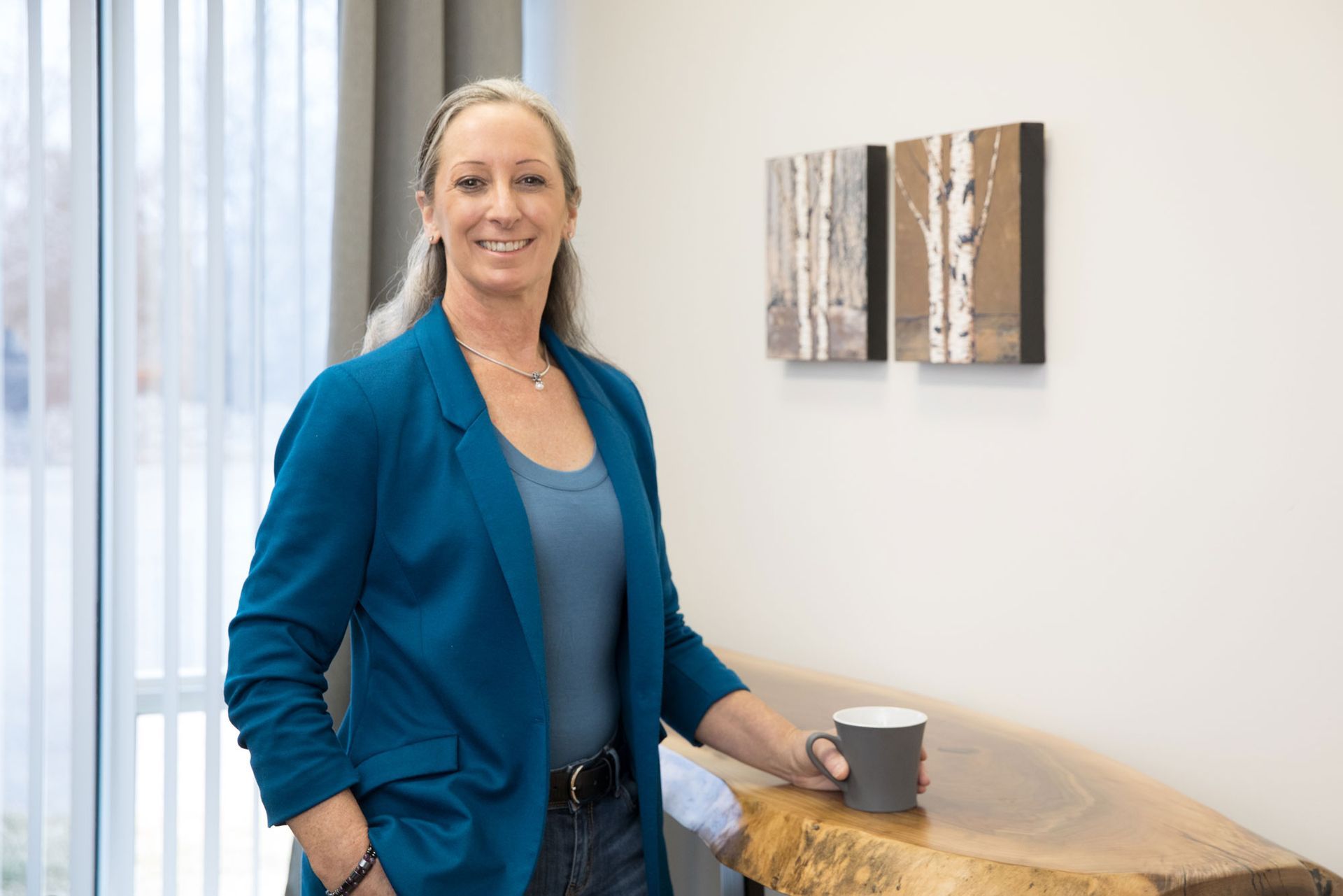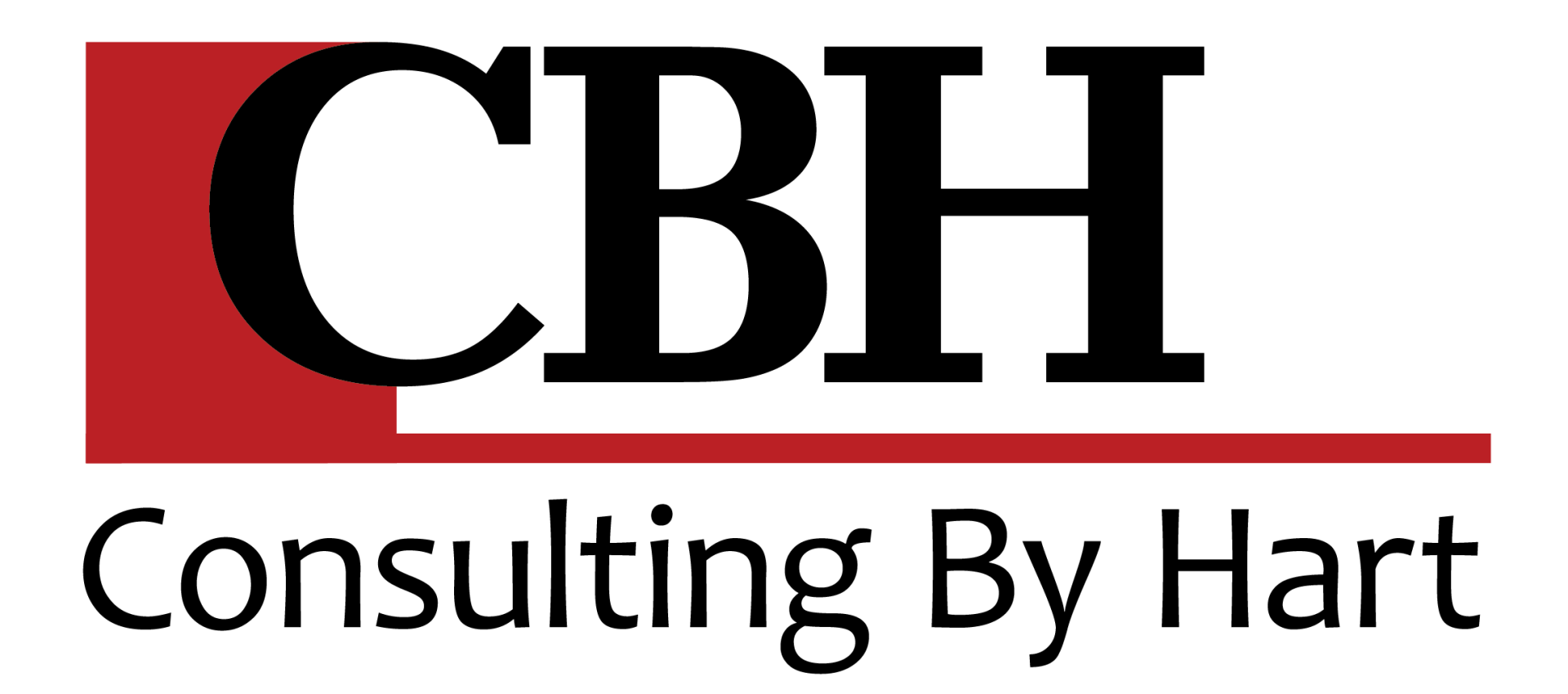Attracting Talent In a New Era
The single-most common topic of conversation I’ve heard among business owners in January and February of this year, were centered on the topic of staffing. Discussions are ranging from how to find new ones, how to entrench the new ones, and how to keep the good ones.
In response to these burning questions, a Peer Network that I facilitate set their winter agenda focused on recruiting, onboarding and retaining staff. We gathered for two days, asking great questions, sharing tried, tested and true techniques, and worked on a series of best practices to apply this year.
In January, we kicked off with a panel discussion which included three HR managers from companies in the industry. They openly shared great information, and techniques their companies are using to find and keep new staff. The discussion centered around the generation gap between Baby Boomers and the Gen X, and the Millennials, and how to effectively connect together.
For the past three years, I’ve been researching the topic extensively, and added the context of national trends to the discussion. The resulting break out sessions were productive, effective and helped all of our peers to leave armed with fresh ideas and cutting edge techniques. The topics of discussion ranged from how to get recruits to respond to ads, to actually show up to interviews, eagerly engage in their new jobs, and new ways to get them off to a great start.
We followed this session up with another two weeks later in early February, where our discussion groups focused on the important topic of on-boarding….which is the process of getting new staff integrated into the company culture, working safely and really set up to succeed.
This era of HR management is different in every way. By the same measure that health and safety protocols and due diligence have been introduced in the past 20 years – from zero to full on … so now has the concept of onboarding. Gone are the days when a seasonal business employer could hold an orientation meeting at the start of their busy time with whomever was ‘on the roster’ , and consider the seasons’ training to be complete.
A colleague of mine at Landscape Ontario has recently coined the phrase ‘Employers of Choice’ to describe the recruiting program focus employers must now develop if they wish to minimize the challenges that come with being understaffed. Employers need to become creative with how they tell their story and manage their employees’ experience. Statistics show that the Millennial generation (presently between the ages of 20 – 35) will change jobs every THREE to FIVE years. They’re not likely coming to work for you as a career. They might come into your industry looking for a career. And yes, some might stay 5-10 years…. Or longer if you’re lucky. But it will be the exception, not the rule to your HR program.
With this in mind, what employers must do is accept and adapt more quickly to this current reality, and create a line item under their overhead expenses for onboarding and recruiting.
Establishing an efficient onboarding program, which rolls out routinely with every new hire is the way forward. Employers who aren’t changing with the times, are being left in the dust and severely short staffed.
Here are some tips to get you started:
• Ask your newest employees what their experience was like when they joined your team, and how it could be improved. Listen them and take their observations to heart. Involve them in creating a checklist of what should happen in the early days and months onboard with you.
• Prepare hiring kits in advance, each containing the necessary paperwork, training info and records, plus the steps through the onboarding process. Be proactive.
• Consider adding staff-experience and ‘how-to-apply-here tips’ videos on to your website, have an internal company facebook or snapchat pages for staff to connect and engage
• Consider offering signing bonuses
• Learn how to strongly articulate and entrench your company culture – those who have this in place are leading the pack hands down (and might be beating you at the recruiting game).
If you’re struggling with figuring out how to become an employer of choice, or improving your hiring program, we can help.
Other Articles That May Interest You:





